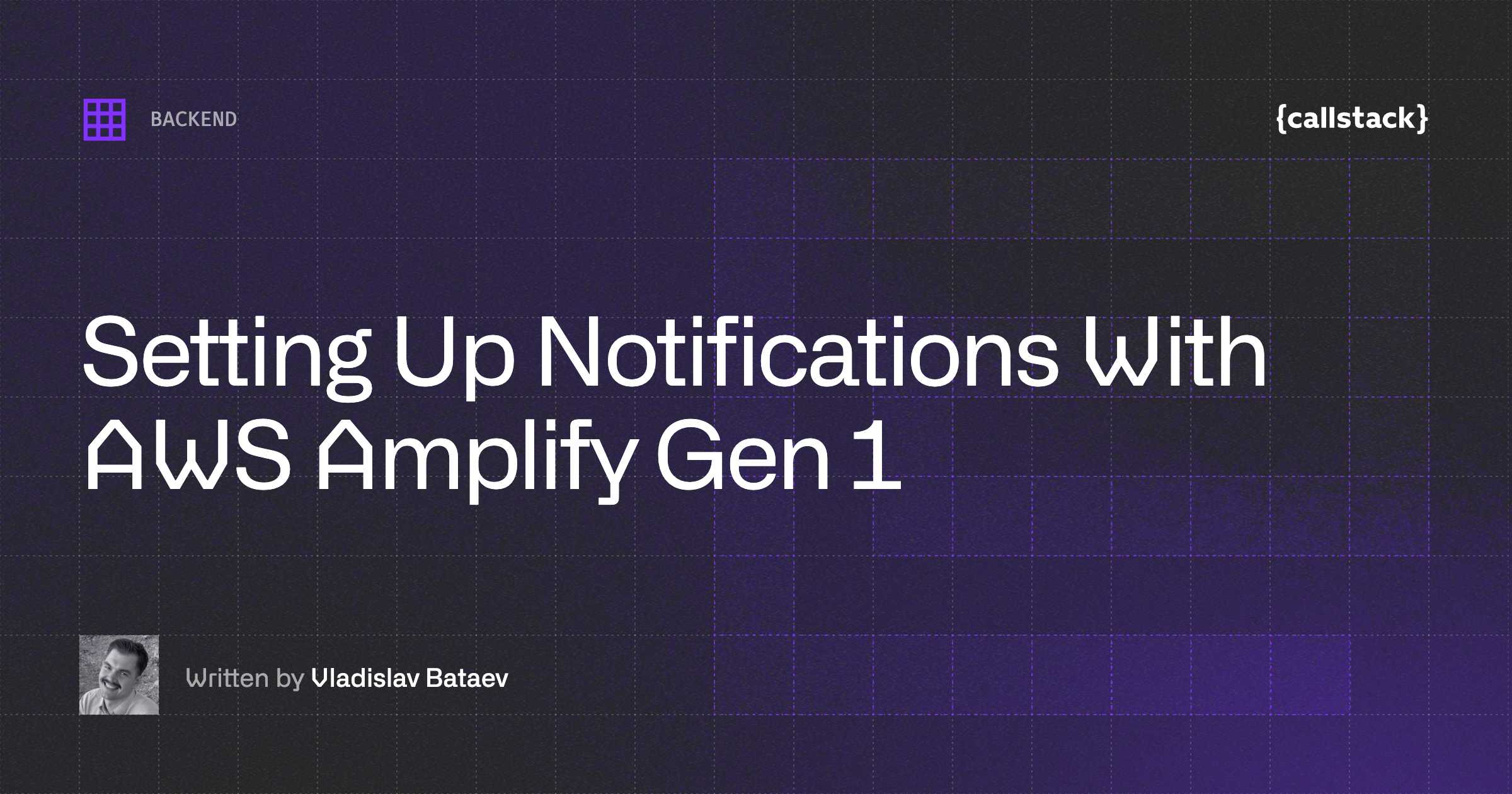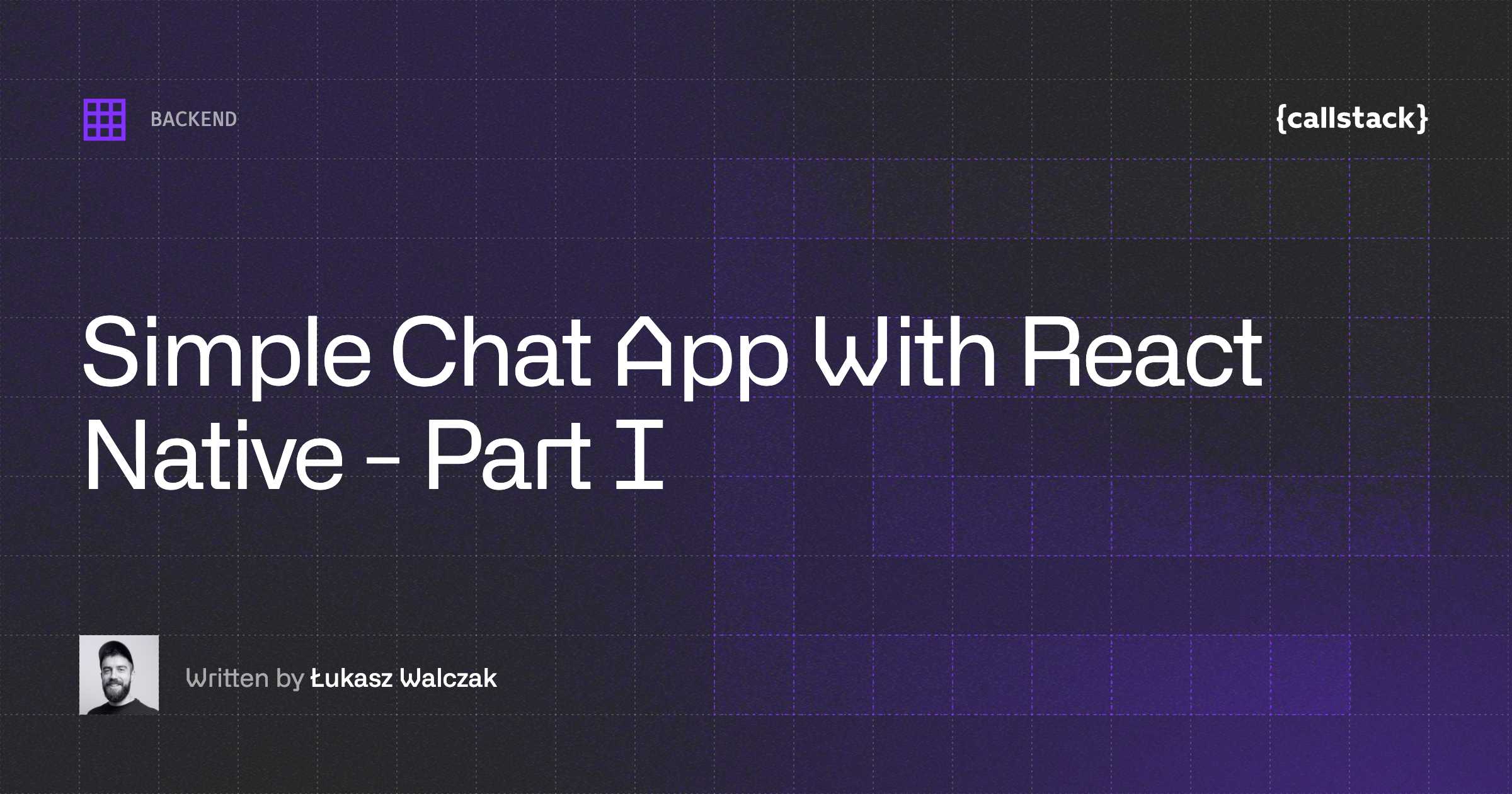In this episode, we sit down with Andrew Meyer, an accomplished engineer at Realm/MongoDB with 10+ years of experience in software development to uncover the history, features, and unique advantages of Realm as used in the React Native applications
Realmand and the React Native ecosystem
- A brief history of mobile databases and the road from Nokia to Realm
- The overview of database options for mobile applications from the least to the most complex
- A deep–dive into Realm SDK for React Native, from benefits and use cases to features, usage details, and resources for developers
- Future plans for Realm
Resources for using Realm with React Native
- Building a to-do app with Realm React Native (Jamon Holmgren & Andrew Meyer)
- React Native Tutorial
- Realm React Native SDK Documentation
- React Native Template Realm
- Build a React Native Mobile App with Realm & MongoDB - in 1 hour: Flipper, Babel, Hermes, & more!
- Launch a React Native App that Automatically Syncs to the Cloud
- MongoDB Realm and React Native Getting Started
//
Insights
Learn more about
Backend
Here's everything we published recently on this topic.
//
Backend
We can help you move
it forward!
At Callstack, we work with companies big and small, pushing React Native everyday.
Web App Development
Build a solid foundation that meets latest standards and scales easily to other platforms in the future.
Next.js Development
Use Next.js to build fast, SEO-friendly web applications with server-side rendering at the edge.







